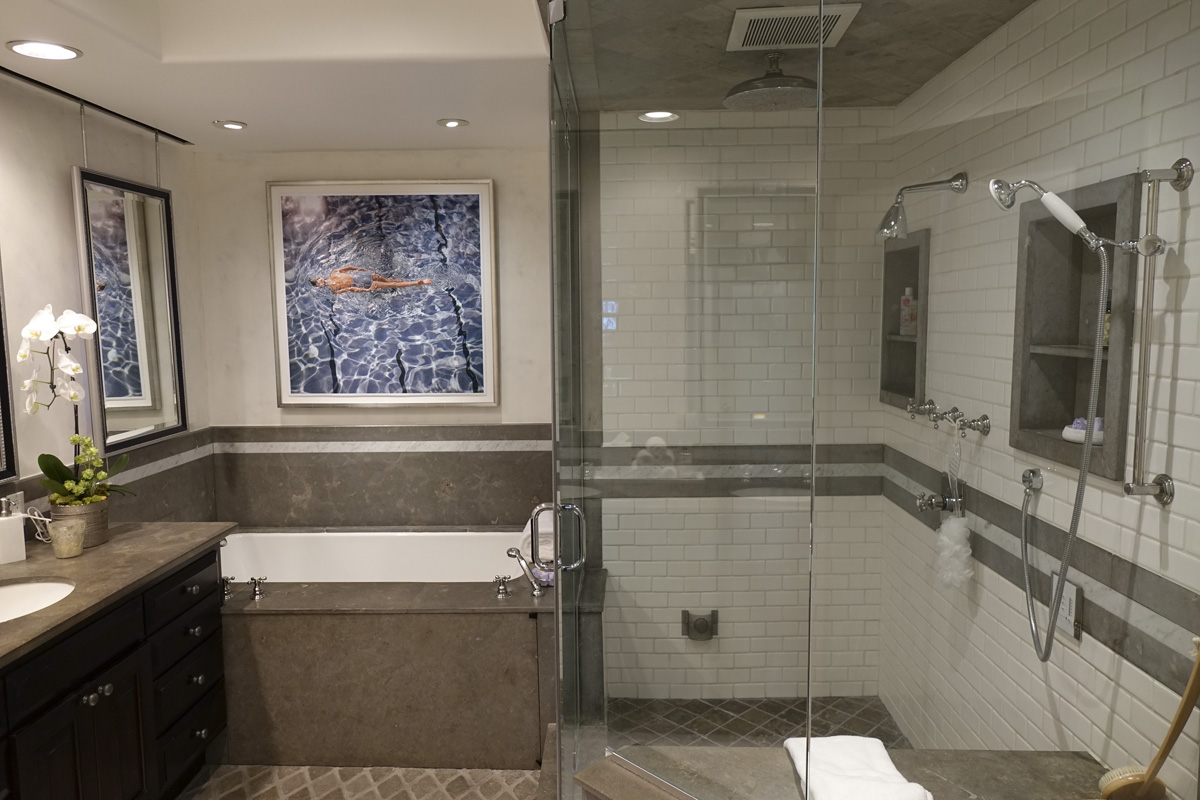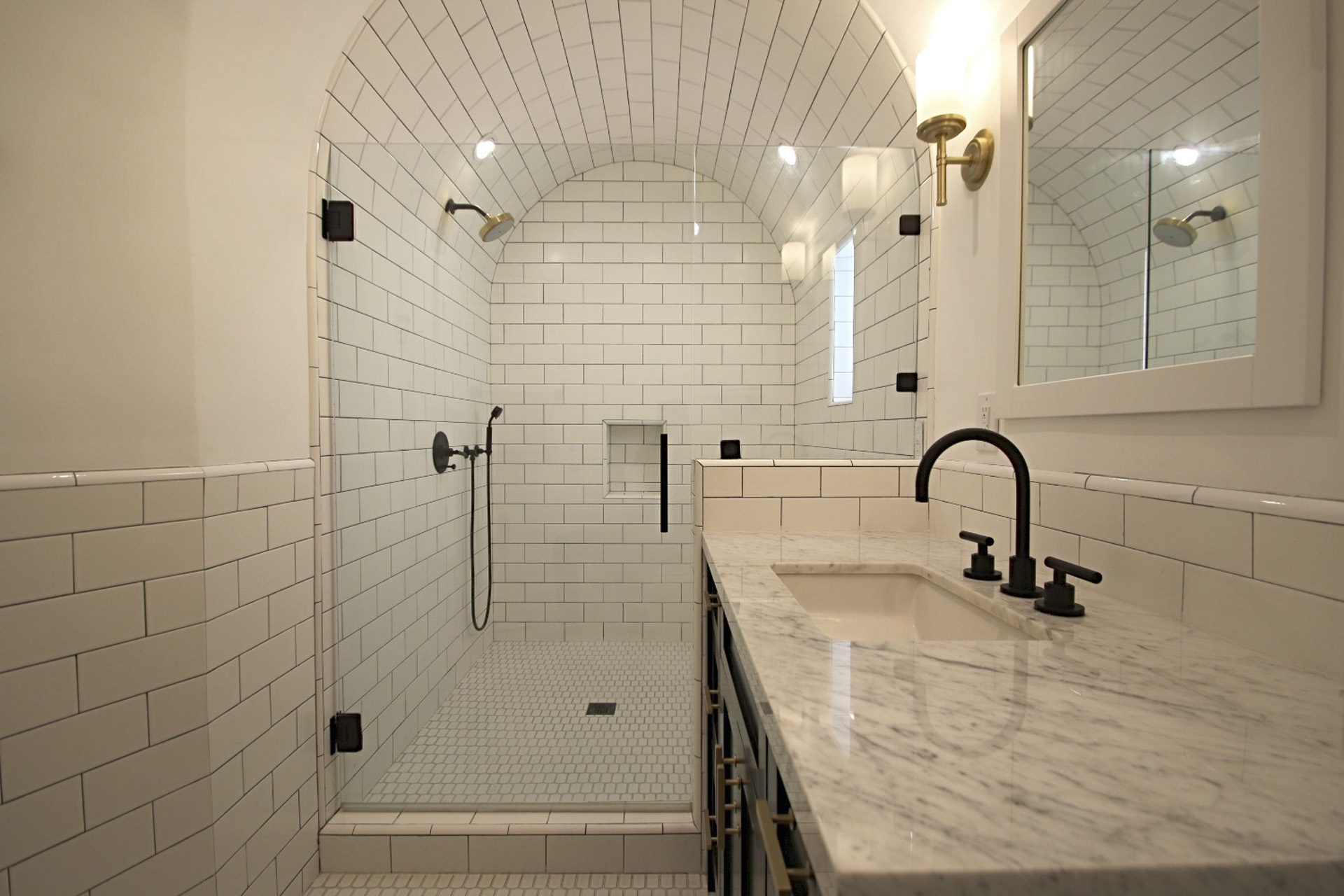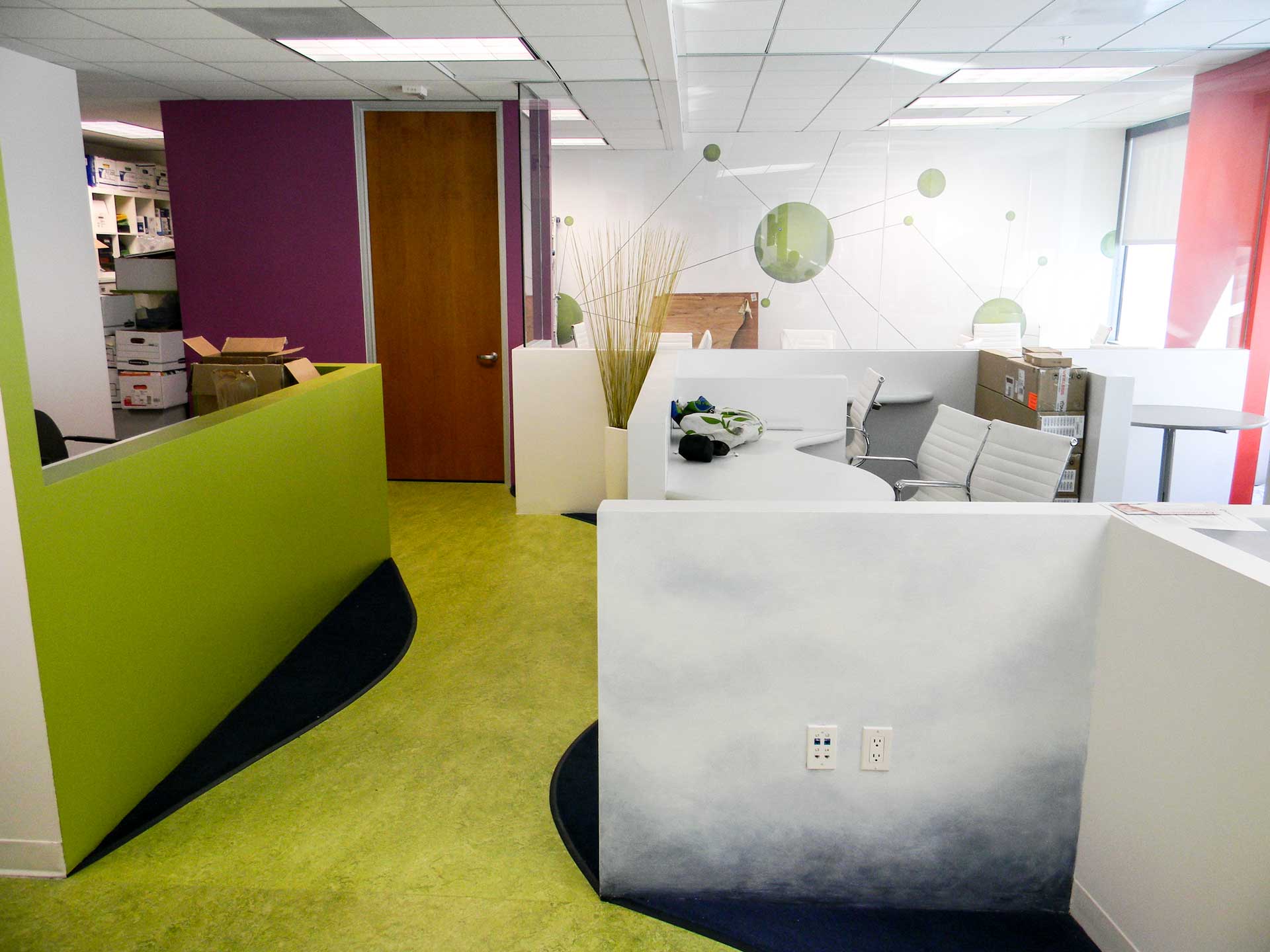
Why buy a bigger house when you can build one AND use every available foot of your extremely valued Southern California real estate? At JNO Construction & Design, we understand the importance of location and we appreciate homeowners who love their neighborhoods. The difference of living two miles farther from work or school can mean a 15 to 30 minute drive in Los Angeles traffic! But we also know there are times when you feel like you are confined to a home that is filled to its capacity. That is when you might consider a Los Angeles room addition to your existing home. Check out these six advantages of adding a room to your home, either built out on existing land or up on second story.
- Increase Your Home’s Value – Let’s face it. We live in a world where “bigger is better.” Selling a four or even five-bedroom home will be more attractive to buyers. A room addition can increase your home’s square footage and value on the market. And, studies show that you can recoup up to 85% of your room addition costs when you sell your home, based on location and type of room added. The addition of a bathroom, master suite, or family room show the most return for the dollar.
- Allow For Family Expansion – Have a growing family? Even if your children are happy sharing a room now, as they grow up, they are going to want and need a room of their own. A room addition can serve as a nursery now, then a teen room, and later, a TV room, sewing/craft room, or guest bedroom.
- Indulge Yourself – With the improvement in the real estate market, home renovations are on the rise. Buyers are not only interested in the size of your home, but in what high-end amenities it offers. Why not start now so you can enjoy a bit of the finer things before you sell. Just think of entertaining your family and friends in your new home theatre or expanded living room or kitchen area. Or, imagine the luxury of relaxing in a new master bedroom suite with an adjoining private spa. No matter what room addition you make, your home renovation will give you the chance to design the space with every opulent detail you wish.
- Office From Home – In today’s world of technology, we do not necessarily have to travel to a “brick and mortar” office, put in an 8-hour day, and then travel back home. More and more companies are allowing their employees to work from home, at least part-time, and that makes the addition of a home office a place where you can keep your business life organized and separate. If you own your own small business, a home office addition can save you an enormous amount of expense in office rent, plus you can usually deduct a portion of home utility costs.
- Add Some Sunshine – In Los Angeles, the sun shines (at least partly) on average 276 days per year. Why not capture that energy in your very own sunroom addition? This relaxing home renovation is an easy addition to your home and provides a natural gathering place for family (and your plants) to absorb natural nutrients. Sunrooms can also save energy and increase the resale value of your home.
- Save Moving Costs – It costs time and money to relocate your life to a different home. A new room addition can avoid those costs and worries and let you keep enjoying the home and neighborhood you love.
Have A Question? Give Us A Call Today!
Adding a room to your Los Angeles home can be fun and a great way to make your home more valuable for you and potentially the next owner. Consider the experts at JNO Construction & Design for your next home renovation and room addition project. We can provide a turnkey operation to make your renovation easy and affordable. Check out the “Before and After” gallery and you will see that the possibilities are endless when you hire this experienced team. Give us a call at (310) 363-7980 for a free consultation and check out other customers who love their Orange County and Los Angeles renovation projects. We are here to help answer any questions and get you started on the room addition you have always wanted!





